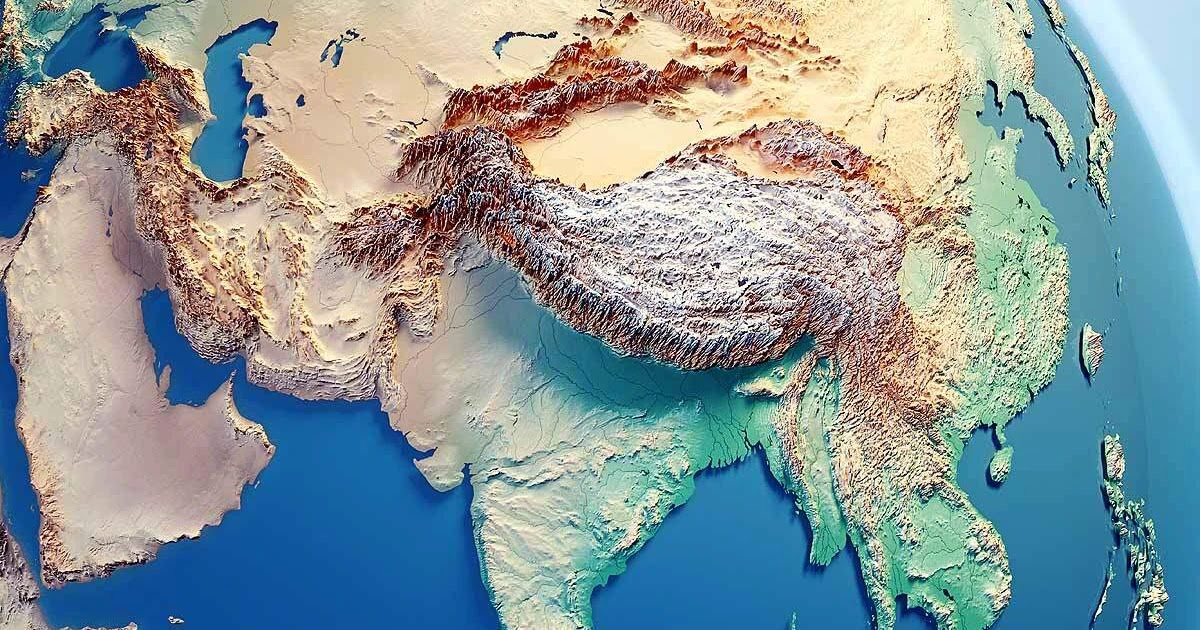Geologists have warned that if these plates suddenly move (an inch) suddenly, then the geographical map of India can completely change and there can be five major disastrous changes in the country.
Plates confrontation and future threat
The Indian tectonic plate is moving towards the Eurasian plate at the rate of about 4 to 5 cm every year, increasing the height of the Himalayas. This slow conflict is the main cause of frequent earthquakes in India, Nepal and neighboring countries. However, anxiety increases when the edges of the plates are locked and the stress is suddenly released as a large earthquake. Scientists believe that if even an inch is large and suddenly moves, its results will be frightening.
These 5 disastrous changes will bring the slipping of plates
According to geologists, the sudden slipping of tectonic plates can lead to the following five devastating changes in India:
1. Mahavidic Earthquake of unprecedented intensity
Even after the plates are locked, even an inch sliding will give rise to a mega-quake, whose intensity can be 8.5 or more on the Richter scale. The earthquake will cause mass havoc in North India and Himalayan region, which will put the life and infrastructure of millions in danger.
2. Changes in the topography of North India
The earthquake will activate large -scale fault lines under the surface. This may lead to permanent changes in the topography of states like Uttarakhand, Himachal Pradesh and Jammu and Kashmir. Many cities can collapse, while some new terrain can emerge, which will change the existing geographical map.
3. Changes and floods in the route of rivers
Tectonic movement can change the basin and drainage patterns of rivers. There may be a sudden change in the path of major rivers like Ganga, Yamuna and Brahmaputra. Blocking or displaced river routes may cause unprecedented floods in North Indian grounds, especially in the low -lying areas of Bihar and Uttar Pradesh, while some areas may be victims of drought.
4. Landslides and Lake Outbursts
Large earthquakes in the Himalayan region will lead to large -scale landslides. These landslides can create glacial lakes by stopping the natural flow of rivers. Glacial Lake Outburst Flood – Glof will suddenly cause heavy floods in the low -lying areas, which can destroy the lives and property of millions of people.
5. Open and thermal change of existing cracks
The sliding of the plates can open the chronic cracks below the surface. This can lead to leakage of gases and geothermal energy from inside the earth. In some areas, thermal springs may suddenly burst or extinct, which will affect the ecosystem and water resources of the region.
Preparation requirement
Geological stress is continuously increasing. Scientists say that in view of this imminent threat, India has an immediate need to construct earthquake-anti-earthquake infrastructure in the Himalayan region, increase public awareness and strengthen the disaster management system. An inch movements will not only change the map, but will also present a serious challenge for the future of the country.
